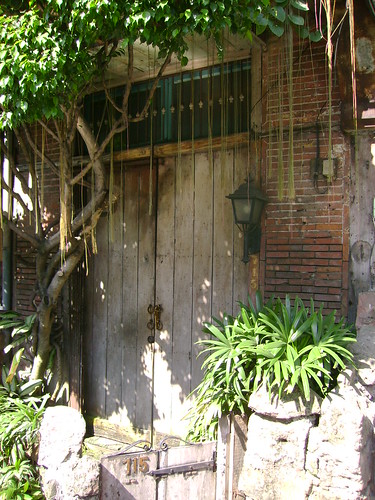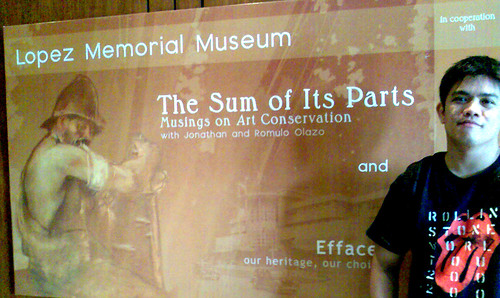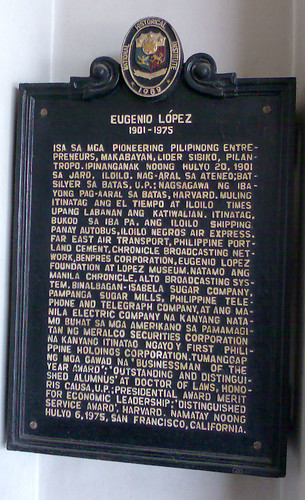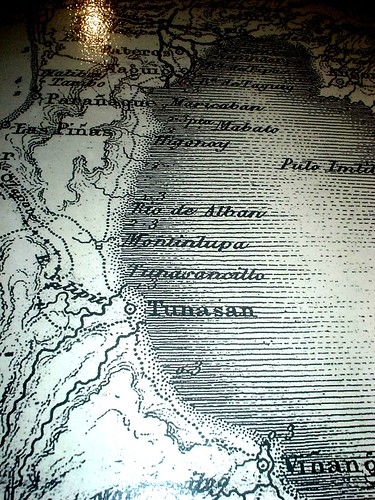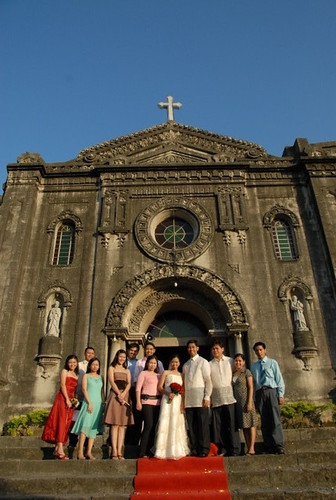i posted this at my other blog recently, it was fun trying to remember what work was like more than 4 years ago...
---
The Outbound that was APAC
A few years ago a call center transferee with hopes of earning more and being close at home moved into a four storey building on the isolated portion of Alabang – the newly developed Filinvest area, now a quintessential place of the country’s outsourcing business structure and technology. I just stepped into APAC country.
Before other corporations even began planning and constructing their own sites – like “Convergys”, “HSBC”, “GE” and “First Source” – APAC was already in business, operating on a single deck located on the 4t floor, it was composed of pocket groups that represented the company in sales and medical insurance.
After a year, the sales segment was dissolved; talented outbound agents were merged with what the company would convert itself into, an absolute, customer service contact center. In the process some friends elected to leave, probably unable to envision themselves in the new title the company extended for them.
Gone were the days of product marketing, the festal celebrations, the solicitations, ‘cantiaoan’s’, colleague heckling, tribal like dancing after each completed sale and what I liked the most, the announcement, made famous by the deafening voices of the outbound team leaders, proclaiming to the world who just made a sale. I never heard my name that often though.
The place felt like it was hacked out of the meadows, building C stood alone facing the Bellevue hotel. Surrounded by talahibs and some trees, one could see as far as the road that leads to the Filinvest exit on a clear day. Tricycles were the only means of transport. Rare birds are heard chirping in the morning occasionally disturbed by sudden laughter and shouts of profanity by some childish chum, an askal who frequents the ground floor for scraps of food became the unofficial mascot of the employees. It was almost rustic, I use to enjoy the stroll going home – the smell of freshly cut grass, the windy breeze, rarity of passing cars – the rural feel, yes here, where all this towering buildings now stands.
If you desire to buy cheap meals there was this guy who sells pre packed lunch, it clears out pretty fast, so it was always a good idea to make a reservation, they’ll inscribe your initials on the styro pack so you can come back later to claim it. If you’re a little more adventurous and you have wheels, you can go to some village in Las Piñas where one can buy a heavy tapsi meal for lunch. For me I’m contented with the gas station half kilometer away, buying sodas and snacks, which by the time I get back my break has almost run out. Some would be seen with their baon, leftovers possibly from their diner tables at home -- there was a time when people would have to fall in line to use the microwave, the fridge piled to the rafters.
Then during dawn, when the sun is about to rise, I would feast my eyes on the abundance of color appearing from the sky, the bay and the hills providing the picturesque backdrop, sunrise tinted -- proclaiming the coming of a new day on the east side, which is where we are, beauty a great God can only create.
This would also mark the warming of the environment inside for at that time the building had an issue maintaining a constant cool but this, we really didn’t mind since we are all headed home in the coming hours. All are just about ready to hit the clock and smoke outside, ever eager to share the shifts unforgettable and forgettable incidents. Some would even go as far as going someplace to drink beer and play some rounds of billiards.
During Christmas time the company would hand out keso de bolas. People really know each other then, the gift of a small world. The guards were strict and stiff then but in time they adapted, just like everybody else– it felt like family. An issue would affect everyone, a resignation, pay dispute, system failures, terminations – it was a knitted community of employees.
We loved the free coffee that the vending machine dispenses, people would brag about their excessively priced coffee mugs, if I have some change then I would go for the 10 peso chocolate drink and huff about it inside. The station is home, not uniform, untidy, the creature comfort it provide made people treat it as if it was their own room – with spades of faith it did turn into little kingdoms. There was even this cubicle of a friend, which he decorated with his semi-nude female fantasies – only to be taken down the next day by our overly zealous team leader, who did nothing but scold us with our scant statistics.
In the outbound campaign, people would play music, sometimes forgetting that the floor is a place of business. There were no ipods then just cd players hooked with tin-sounding puny speakers. Ample idle time did gave us periods to pursue our pastime, I spent mine reading and listening to my very own play list, others chit chatting, ironing hair, playing chess, fidgeting some new gadget -- it just didn’t look busy enough to be a call center more like a civic center. The informality has spawned a homelike taste. This I’m sure will never be seen again at such level. It was crazy, wacky and yes amusing.
Every second Friday we would all collect our paycheck, this is my favorite day of the week. Depending on the company that you keep you could get drunk and wasted during the weekend or spend it shopping with your dearly beloved, with all the money and commission money they worked hard to get, this is how people then release their stress, I’m quite sure not much has change. Then everybody starts anew come Monday shift.
When new business arrived, waves of people were hired. The company began constructing new cubicles, offices, meeting rooms and pantries –there was the 3rd, the 2nd and finally the 1st floor – finished all in a short span of time. It won’t be long that the next building would be annexed, and then there was talk of a rising Cubao office -- now already a created site. Changes I just heard from the grapevine turn out to be the company’s future. So much progress accomplished, almost instant. Somewhere along the way, the old has been forgotten, everyone was in the fast lane. The new created a fresh path, on ward with dreams that aspires to be bigger than what it already is.
Yes, this was APAC, such as it was. Life changed after the years of expansion, if it was any consolation, the sacrifices made by the pioneers paved the way to the creation of opportunities both for the organization and employees. I haven’t check who still among those people I knew then stuck by, I’m afraid that there’s not much left but that plays little importance for the mirthful memories of the old APAC lives – inside all of us who were there when it all began.



